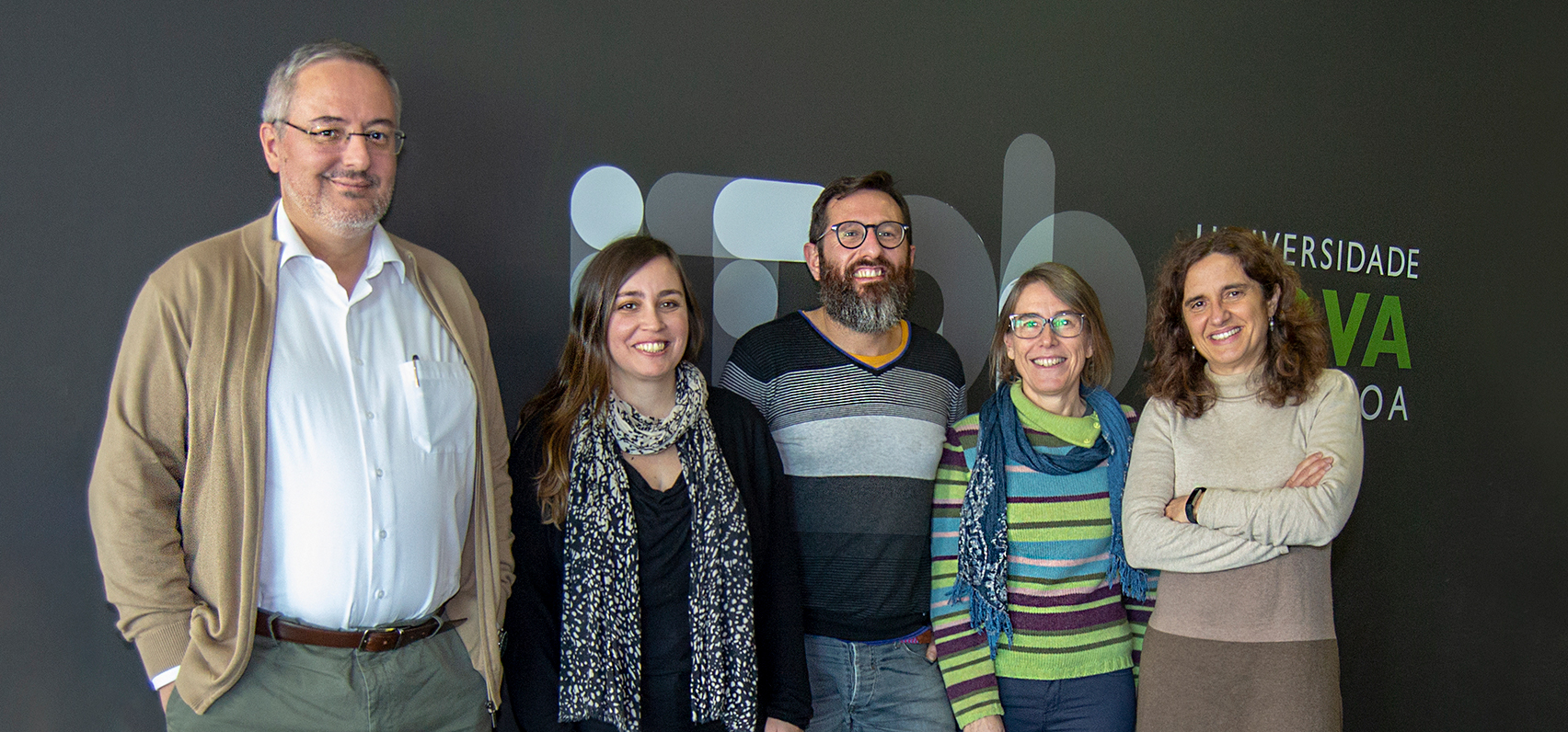Bacteria do it differently
Oeiras, 21.12.2018
Microorganisms have a very diverse and versatile metabolism, including the way they obtain energy to live. In respiratory metabolism, living organisms explore the energy released by redox (oxidation/reduction) reactions to generate a gradient of ions across the cellular membrane, which is then used for ATP production, active transport, movement or other cellular needs.
Bacteria, in particular, are amazing in the range of redox reactions they explore to generate energy, allowing them to live in very diverse, and sometimes extreme, environments by breathing a variety of compounds such as sulfate, nitrate, CO2 or FeIII. This diversity is reflected in a plethora of respiratory proteins that are composed by a defined set of redox modules (subunits or domains), which are “mixed and matched” to originate new functions. This intriguing modular character of bacterial respiratory proteins likely reflects the evolutionary processes that have occurred, starting from the redox repertoire of the primordial forms of life.
Inês Cardoso Pereira’s lab studies a group of widespread environmental bacteria that are anaerobic and grow by sulfate respiration. These organisms were part of the early life forms on Earth, and so their metabolism provides important clues to how life evolved on our planet, and can occur in the absence of oxygen. In a new paper published in Nature Communications, they describe for the first time how a membrane complex named Qrc allows these organisms to obtain energy.
This work involved a collaboration with the group of Tom Clarke at the University of East Anglia (UK), where the first author, Américo Duarte, got training in performing experiments to study electron transfer of proteins in liposomes. Using these experiments, Américo, with some help from Teresa Catarino, showed that the Qrc complex can conserve energy through the operation of two subunits, QrcCD, which together form a redox module that is widespread in many other bacterial respiratory complexes.
Diana Lousa from the group of Cláudio M. Soares, made a structural model for the key QrcCD subunits, providing important glimpses to the molecular mechanisms behind the energy conservation. In addition, Sinje Neukirchen and ITQB NOVA alumnus Filipa Sousa, studied the phylogenetic history of QrcD and related bacterial proteins, revealing the evolution of this key membrane protein in bacterial bioenergetics.
Elucidating how the QrcCD module operates brings important light into how a range of other bacterial respiratory complexes operate, and how evolution of such respiratory protein modules have allowed bacteria to devise new modes of obtaining energy.
These results are also discussed in a post to Nature Research Microbiology blog.

Researchers Cláudio M. Soares, Diana Lousa, Américo Duarte, Teresa Catarino and Inês Cardoso Pereira
Original paper
Nature Communications, volume 9, Article number: 5448 (2018)
Américo G. Duarte, Teresa Catarino, Gaye F. White, Diana Lousa, Sinje Neukirchen, Cláudio M. Soares, Filipa L. Sousa, Thomas A. Clarke & Inês A. C. Pereira







